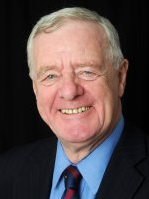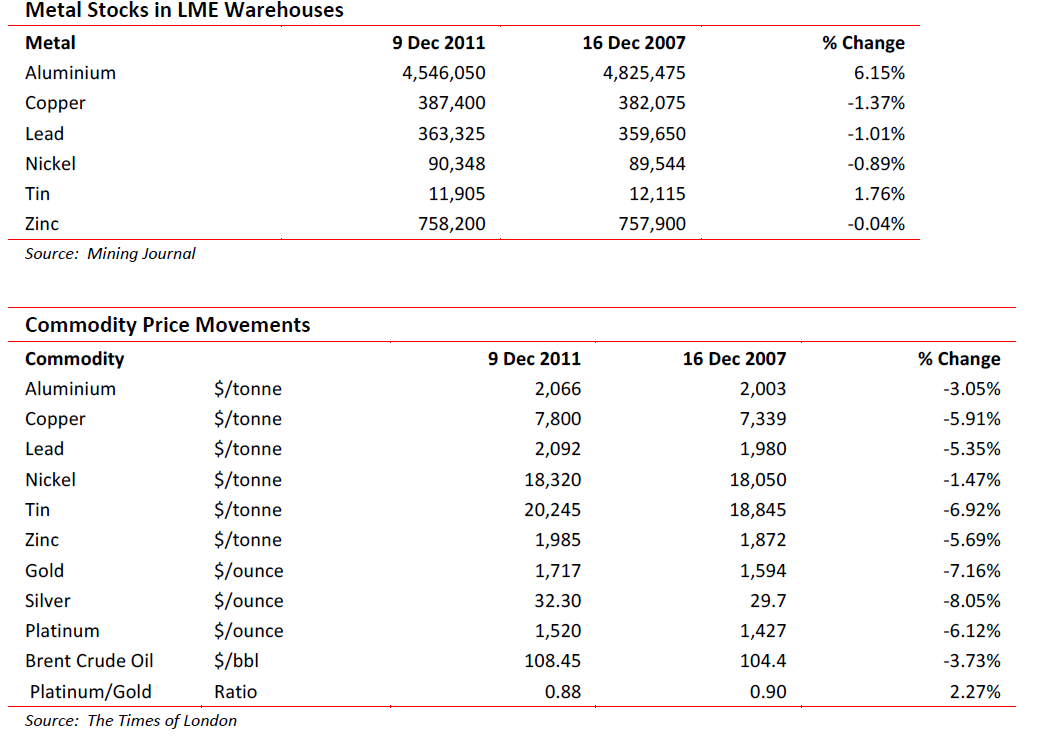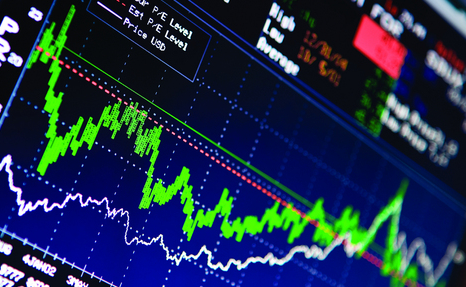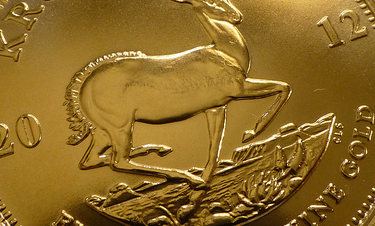Nyheter
David Hargraves on Exchange Traded Metals, week 50 2011
Hefty falls of 3-6% on the week and around 20% across the board for the year. Twelve months ago we were heralding continued recovery which indeed lasted through to mid-year. Just gold, silver and oil are higher than December 2010, but their trajectories are down. Not all is lost. Major Japanese trader Marubeni see an Aluminium supply deficit of 357,000t in 2013. That’s a tad precise and would hardly dent the 4.8Mt LME stockpile, but it is a start. They look for the price to start rising up towards $2800/t, compared with today’s $2000.
Bulk Minerals
There are no strong markets. Spot coal, iron ore, steel industry additives, are all under attack. Now we hear it for potash. Fact is, some bulk minerals are less soggy than others.
Potash. The favourite fertilizer mineral (usage 55-60 Mtpy) differs from all others in the agricultural sector. Whereas you can switch from coffee to tea to cocoa, from barley to wheat and from apples to oranges, you have little choice about what makes them all grow. Added to its attractions as an essential ore, its relatively limited occurrences and its demand profile (an increasing population base seeking better nutritional standards), this does not present it behaving like any other commodity in an economic downturn. Plants will still grow if you miss a season’s dressing. Thus the price for standard grade potash, c. $500-600 per tonne, rose to $900 in 2008 only to fall to $300-350 as the last recession set in. Now it has slipped to c. $460, inventories are building up at the Canadian mines and short time working is in force. This may persist until nearer the March-April growing season. The longer term outlook promises a return to tight conditions in later 2012 and a strong run until new production comes on stream (UK, Brazil, Ethiopia) in 5 years time.
The underlying threat is that of an economic slowdown in China.
Precious Metals
Not so Precious Eh? So what happened to the flight into Egypt? Sorry, to true stores of value? Gold for the affluent purists, silver for the wannabees and platinum for the cognoscenti? We devoted last week’s leader to warning that the bull run is – for the time being at least – running out of steam. There was a loud hiss of exhaust gases this week, so let’s perspectivise:
Views and forecasts abound. We had a chartist/technical analyst, Dr. Nu Yu, calling gold down to $1600 and lower. He is right so far. Then the not-shy Rob McEwan is going for $5000 – on this run we are with Nu Yu but don’t see $1000 being tested or the downside.
Another late entrant in the hedge betting stakes is Mr Murenbeeld of Dundee Wealth, he says there will be an upward explosion in the gold price (explosions do tend to go up) “at some point in time, but just when is difficult to judge”. Spot on.
Meanwhile his stable mate Frank Holmes of US Global Investors thinks $10,000/oz gold not unattainable. Slowly, painfully they are getting to our mark of $40,000 which is where all the gold would equal all the dollars and we would all live happily ever after.
Platinum deserves more attention because it is a real metal, like being used in industry as well as having decorative properties and a handle on non-destructibility. Then since over 70% of it comes from a tight corner of South Africa it doubly grabs the analyst’s attention. Output has fallen heavily in Rustenburg this year. They speak of 27% – 36%. The reasons? The Safety Inspectorate has caught up on the untenable accident rates and ordered increasingly frequent stoppages. Combined with overgenerous wage increases and allowances and a falling metal price, these are not happy days. Share prices speak loud.
[hr]
About David Hargreaves
David Hargreaves is a mining engineer with over forty years of senior experience in the industry. After qualifying in coal mining he worked in the iron ore mines of Quebec and Northwest Ontario before diversifying into other bulk minerals including bauxite. He was Head of Research for stockbrokers James Capel in London from 1974 to 1977 and voted Mining Analyst of the year on three successive occasions.
Since forming his own metals broking and research company in 1977, he has successfully promoted and been a director of several public companies. He currently writes “The Week in Mining”, an incisive review of world mining events, for stockbrokers WH Ireland. David’s research pays particular attention to steel via the iron ore and coal supply industries. He is a Chartered Mining Engineer, Fellow of the Geological Society and the Institute of Mining, Minerals and Materials, and a Member of the Royal Institution. His textbook, “The World Index of Resources and Population” accurately predicted the exponential rise in demand for steel industry products.
Nyheter
Tyskland har så höga elpriser att företag inte har råd att använda elektricitet

Tyskland har skrivit ner prognosen på hur mycket elektricitet landet kommer att behöva 2030. Hittills har prognosen varit 750 TWh, vilken nu har skrivits ner till 600-700 TWh,
Det kan vid en första anblick låta positivt. Men orsaken är inte att effektiviseringar. Utan priserna är så pass höga att företag inte har råd att använda elektriciteten. Elintensiv industri flyttar sin verksamhet till andra länder och få företag satsar på att etablera energikrävande verksamhet i landet.
Tyskland har inte heller någon plan för att förändra sin havererade energipolitik. Eller rättare sagt, planen är att uppfinna fusionskraft och använda det som energikälla. Något som dock inte löser problemet på några årtionden.
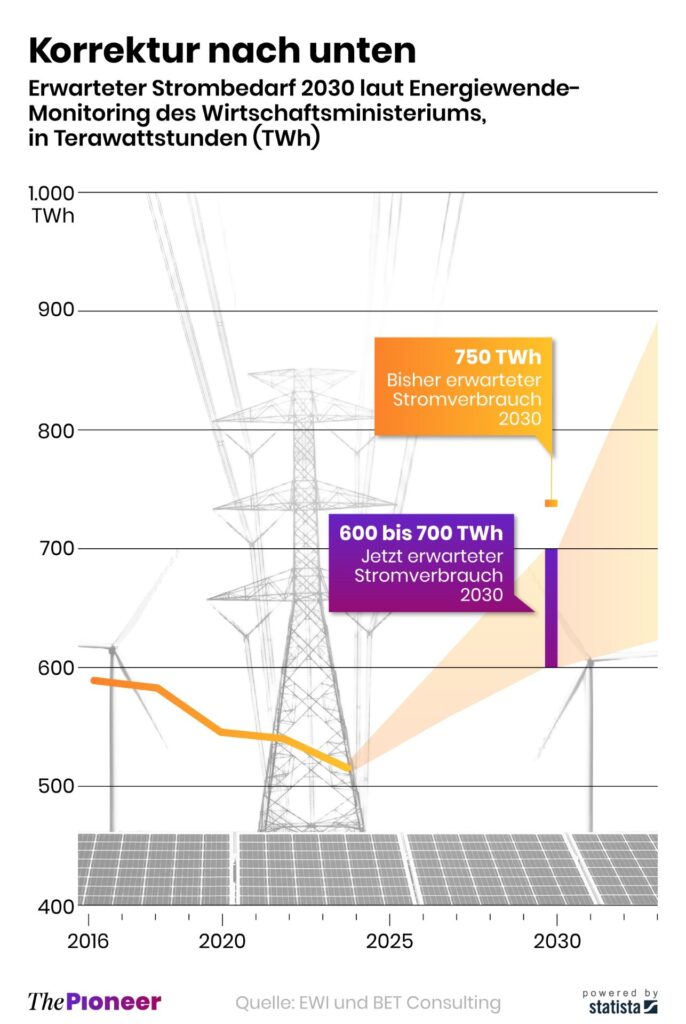
Nyheter
Kinas elproduktion slog nytt rekord i augusti, vilket även kolkraft gjorde
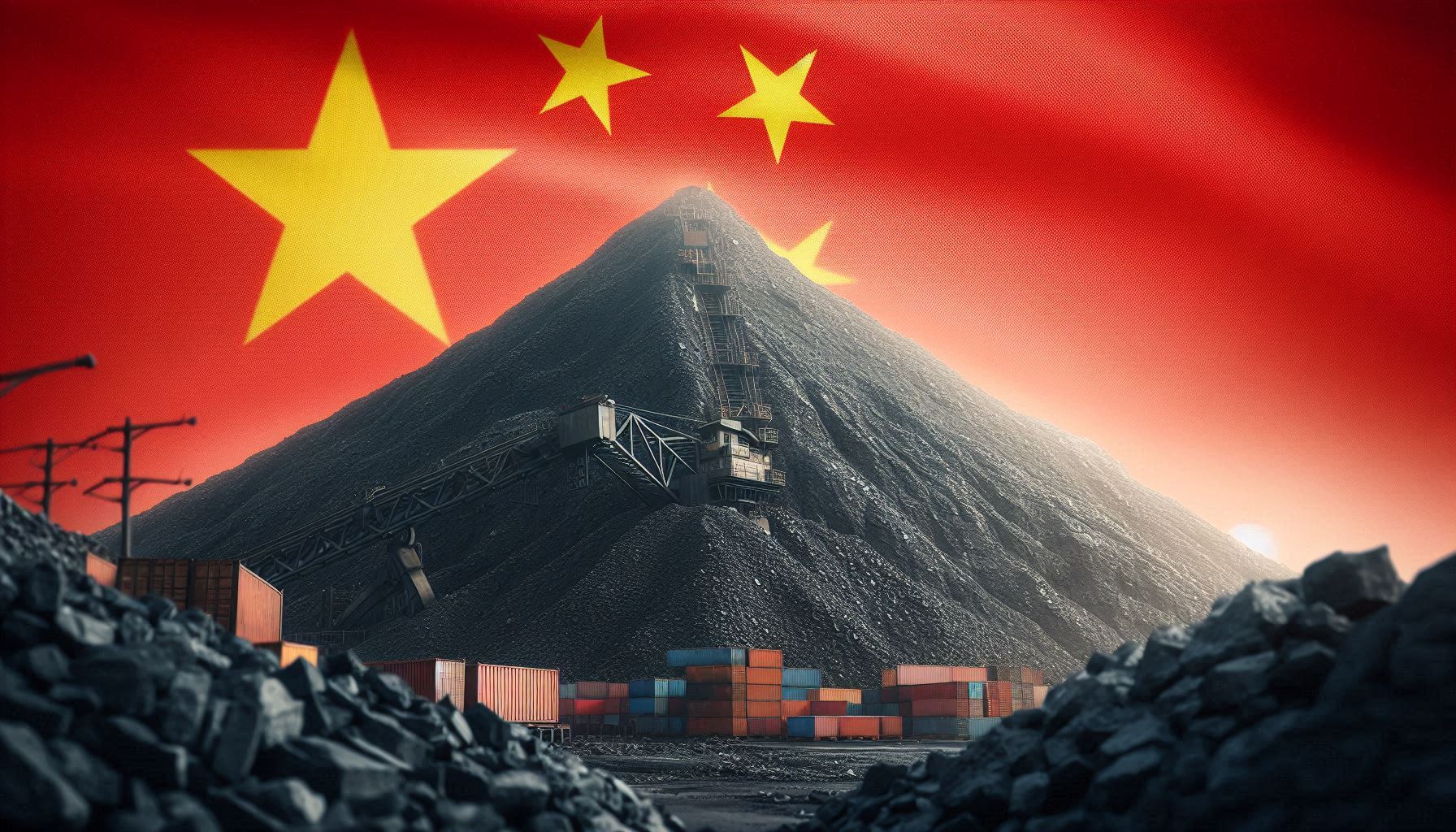
Kinas officiella statistik för elproduktion har släppts för augusti och den visar att landet slog ett nytt rekord. Under augusti producerades 936 TWh elektricitet.
Stephen Stapczynski på Bloomberg lyfter fram att det är ungefär lika mycket som Japan producerar per år, vilket innebär är de producerar ungefär lika mycket elektricitet per invånare.
Kinas elproduktion kom i augusti från:
| Fossil energi | 67 % |
| Vattenkraft | 16 % |
| Vind och Sol | 13 % |
| Kärnkraft | 5 % |
Stapczynskis kollega Javier Blas uppmärksammar även att det totala rekordet inkluderade ett nytt rekord för kolkraft. Termisk energi (där nästan allting är kol) producerade 627,4 TWh under augusti. Vi rapporterade tidigare i år att Kina under första kvartalet slog ett nytt rekord i kolproduktion.
Nyheter
Det stigande guldpriset en utmaning för smyckesköpare
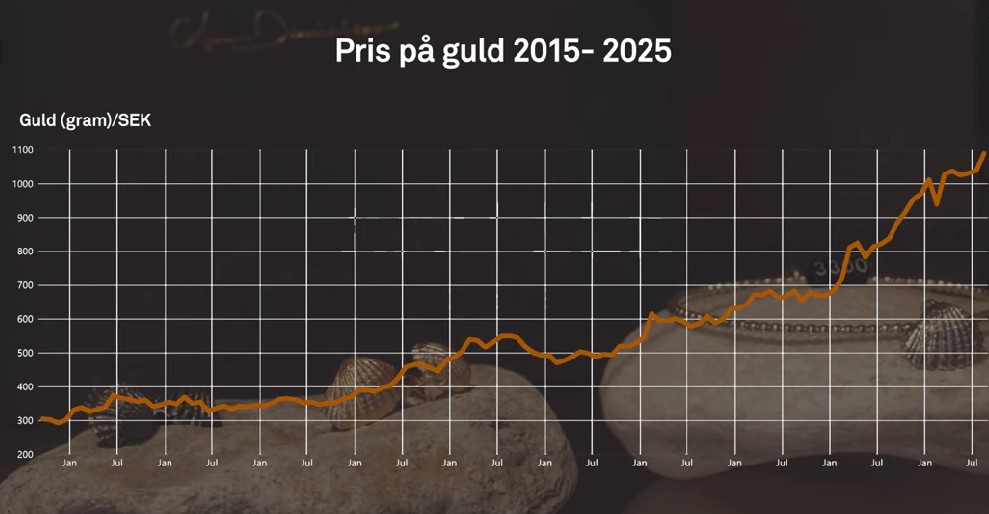
Guldpriset når hela tiden nya höjder och det märks för folk när de ska köpa smycken. Det gör att butikerna måste justera upp sina priser löpande och kunder funderar på om det går att välja något med lägre karat eller mindre diamant. Anna Danielsson, vd på Smyckevalvet, säger att det samtidigt gör att kunderna får upp ögonen för värdet av att äga guld. Det högre guldpriset har även gjort att gamla smycken som ligger hemma i folks byrålådor kan ha fått ett överraskande högt värde.
-

 Nyheter4 veckor sedan
Nyheter4 veckor sedanMeta bygger ett AI-datacenter på 5 GW och 2,25 GW gaskraftverk
-
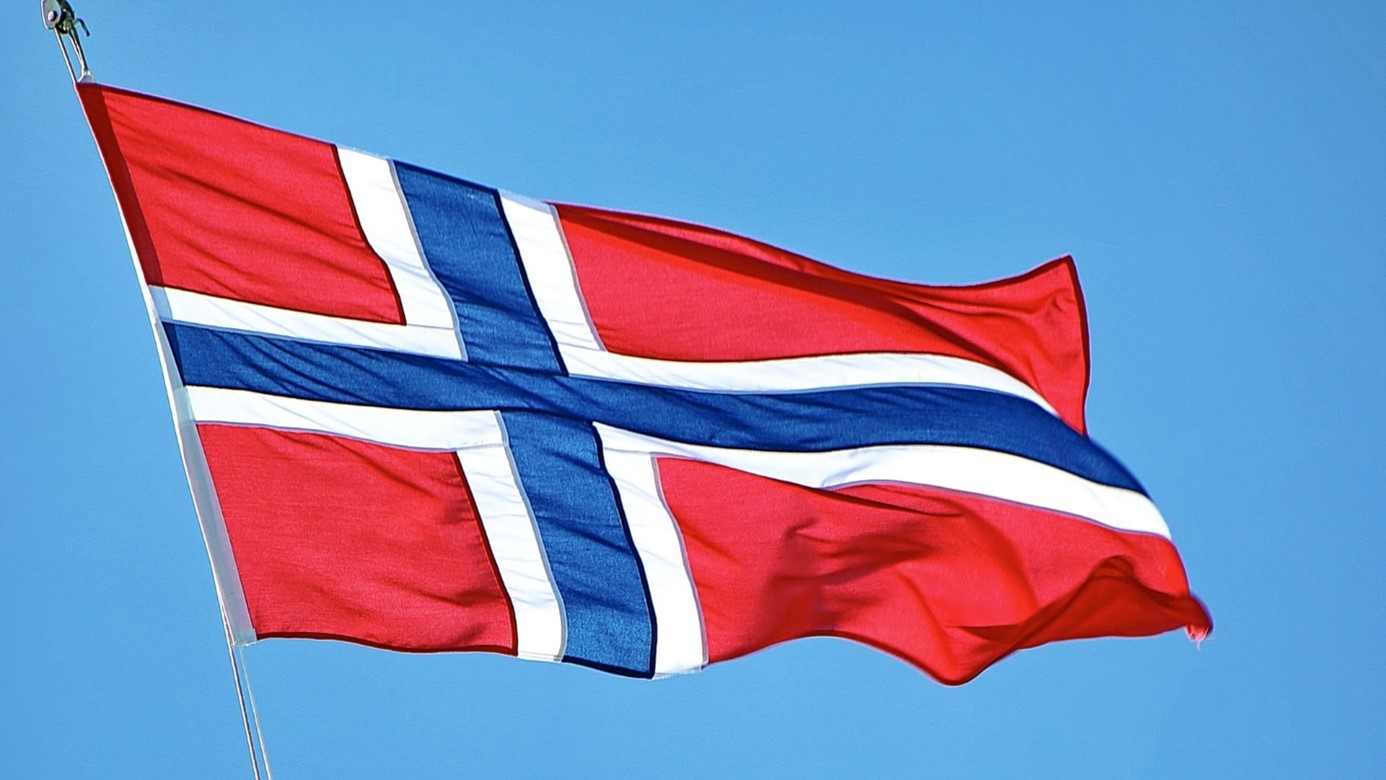
 Nyheter4 veckor sedan
Nyheter4 veckor sedanAker BP gör ett av Norges största oljefynd på ett decennium, stärker resurserna i Yggdrasilområdet
-
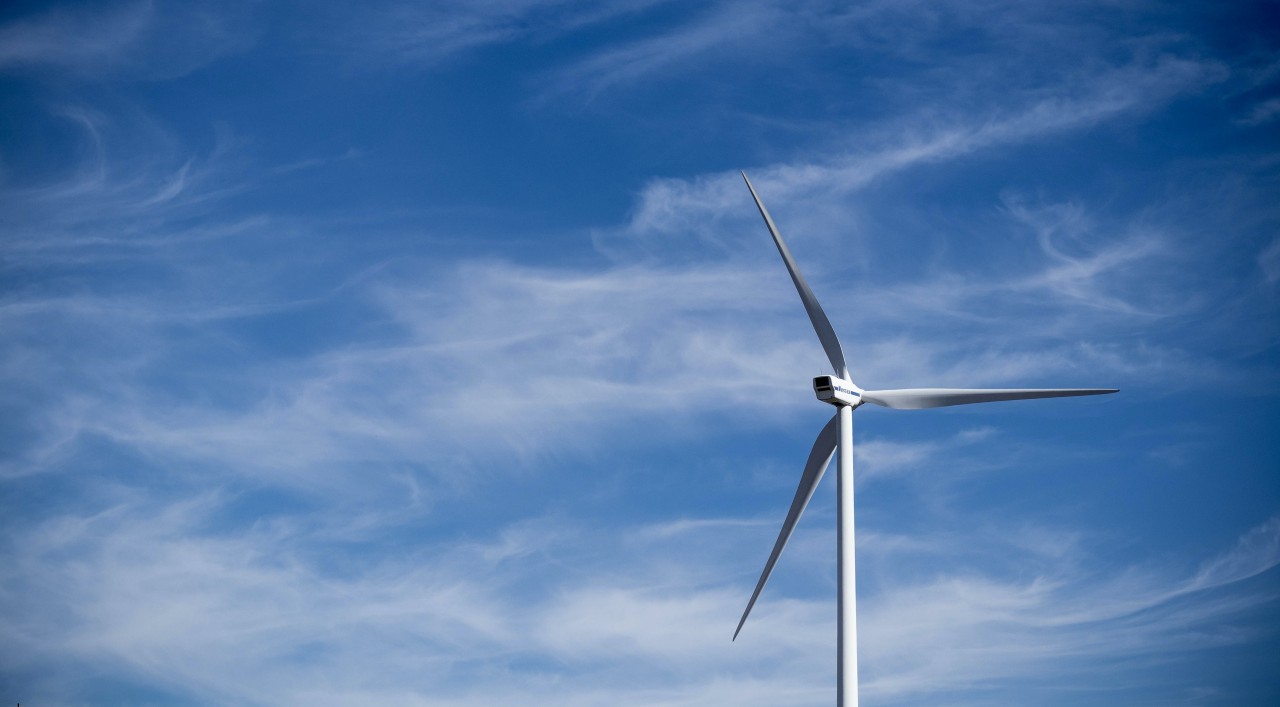
 Nyheter4 veckor sedan
Nyheter4 veckor sedanSommarens torka kan ge högre elpriser i höst
-

 Analys4 veckor sedan
Analys4 veckor sedanBrent edges higher as India–Russia oil trade draws U.S. ire and Powell takes the stage at Jackson Hole
-
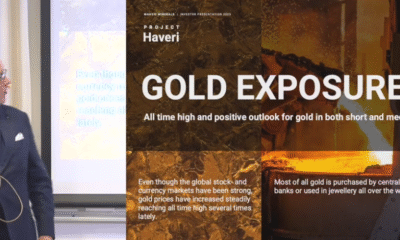
 Nyheter3 veckor sedan
Nyheter3 veckor sedanMahvie Minerals är verksamt i guldrikt område i Finland
-

 Analys3 veckor sedan
Analys3 veckor sedanIncreasing risk that OPEC+ will unwind the last 1.65 mb/d of cuts when they meet on 7 September
-
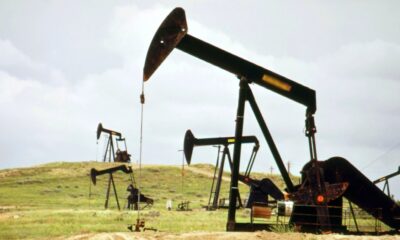
 Nyheter3 veckor sedan
Nyheter3 veckor sedanNeil Atkinson spår att priset på olja kommer att stiga till 70 USD
-

 Analys2 veckor sedan
Analys2 veckor sedanOPEC+ in a process of retaking market share


